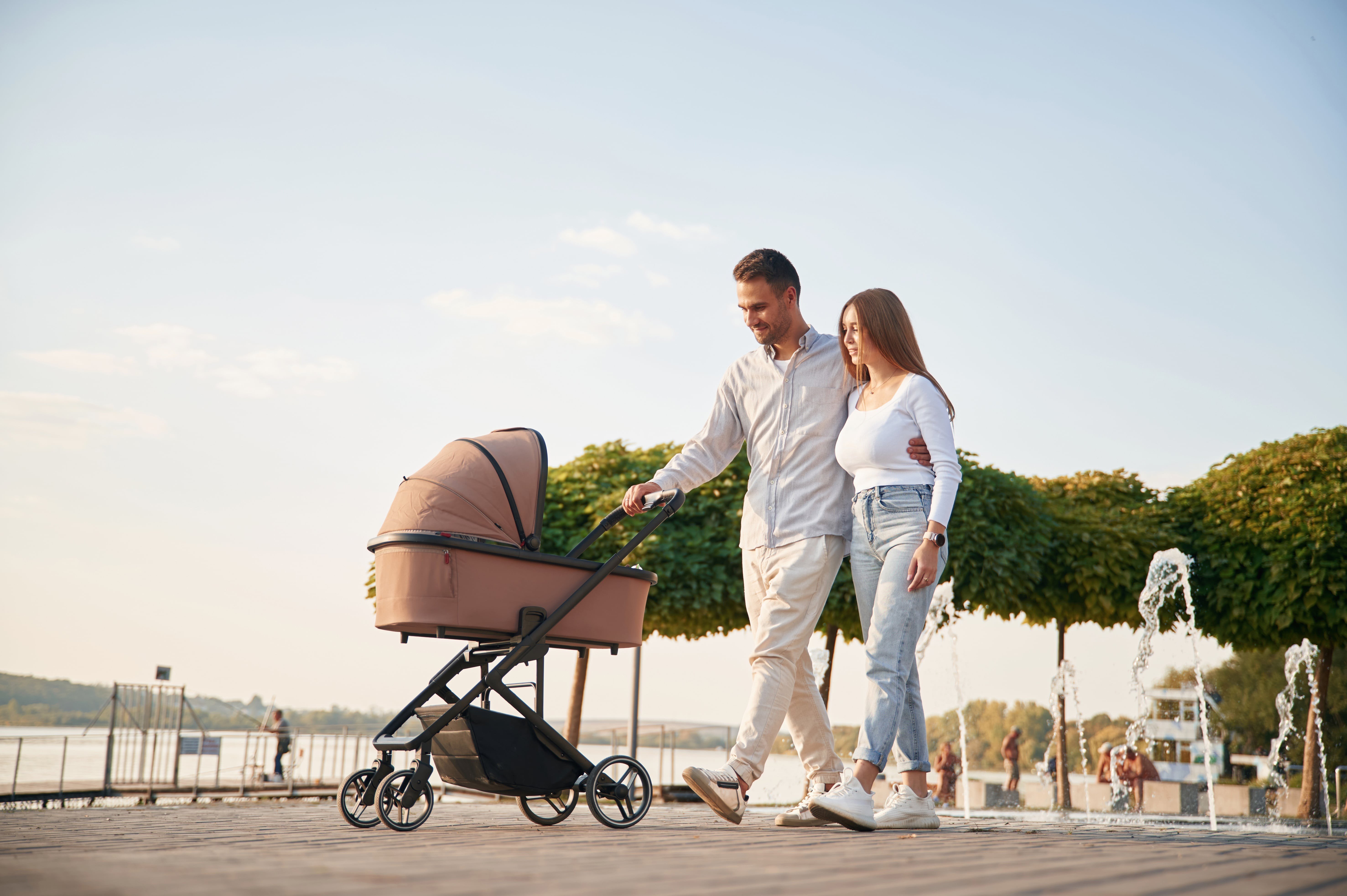Pram vs. Pushchair: Understanding the Key Differences
When it comes to carrying babies and children, parents often find themselves overwhelmed by the different alternatives available. Among these alternatives, prams and pushchairs are two of the most typical kinds of baby transportation. While the terms are frequently used interchangeably, each has unique functions and benefits that deal with varied parenting needs. In this short article, we will check out the fundamental differences between prams and pushchairs, assisting parents make notified choices about which is best fit for their household.
What is a Pram?
A pram, or perambulator, is a kind of baby carriage designed primarily for newborns and babies. Prams usually include a completely flat lying position, which is vital for newborns who need to lie flat for spinal development. Many prams come equipped with a deep, enclosed body that provides a relaxing and secure environment for the baby, frequently with additional functions such as hoods or covers to shield them from the elements.
Secret Characteristics of Prams:
- Flat Lying Position: Supports healthy spine development in newborns.
- Confined Design: Protects the baby from wind and sunshine.
- Standard Aesthetic: Often made from materials like wicker or fabric, offering a classic look.
- Weight and Bulkiness: Generally much heavier and bulkier than pushchairs.
What is a Pushchair?
A pushchair, likewise understood as a stroller or buggy, is created for older infants and young children who can stay up unassisted. Pushchairs permit for several seating positions, consisting of reclining choices for naptime. They are normally lighter and more nimble than prams, permitting moms and dads to browse hectic locations with ease. Many pushchairs include adjustable deals with, storage compartments, and can often be folded for hassle-free transportation.
Secret Characteristics of Pushchairs:
- Seating Position: Designed for children who can stay up, with numerous reclining positions.
- Lightweight and Compact: Easier to maneuver and transport.
- Adaptability: Many models are convertibles or can accommodate cars and truck seats.
- Storage Features: Often consist of baskets for bring diaper bags, toys, and so on.
Secret Differences Between Prams and Pushchair s
Below is a comparative table highlighting the critical distinctions between prams and pushchairs.
| Function | Pram | Pushchair |
|---|---|---|
| Target Age | Newborns to 6 months (flat position needed) | 6 months to young child age (sitting unassisted) |
| Design | Confined, traditional style | Open, contemporary design |
| Weight | Much heavier, bulkier | Lighter, more compact |
| Seating Options | Flat just | Multiple positions consisting of reclining |
| Manoeuvrability | Less maneuverable due to weight | Highly maneuverable |
| Storage Space | Limited | Generous beneath baskets |
Picking Between a Pram and a Pushchair
Factor to consider Factors:
- Age of the Child: Choose a pram for newborns and a pushchair for older infants and young children.
- Planned Use: If you plan to do a great deal of walking or navigating city streets, consider a design that fits your way of life.
- Area: Assess the available storage in your house or vehicle and how compactly a design can fold.
- Budget: Consider the rate variety, as prams and pushchairs can vary commonly in expense.
- Features: Look for additional functions that might be useful for your daily life, such as cup holders, canopies, or simple folding systems.
Advantages and Disadvantages
Advantages of Prams
- Ideal for Newborns: Encourages healthy spine development.
- Comfortable Space: Provides a comfortable environment for infants.
Disadvantages of Prams
- Weight: Heavier and bulkier, making them less practical for everyday use.
- Minimal Use Time: Generally beneficial only for the very first 6 months.
Benefits of Pushchairs
- Adaptability: Suitable for longer periods as the kid grows.
- Light-weight Design: Easier to bring and maneuver.
Drawbacks of Pushchairs
- Not Suitable for Newborns: Requires the child to be able to sit up unassisted.
- Less Protective: Generally more exposed than a pram.
Regularly Asked Questions (FAQs)
1. Can I use a pushchair for a newborn?
The majority of pushchairs are not created for newborns; however, numerous models come with infant safety seat adapters. Prams And Pushchairs UK use a fully reclining seat option that might appropriate for infants, however ensure the manufacturer confirms it's safe.
2. Which is much better for travel?
Pushchairs are generally preferred for travel due to their light-weight and compact nature. They can typically be folded easily for transport on public transportation and fit more easily in car trunks.
3. For how long can I use a pram?
Prams are typically appropriate for infants till they reach around 6 months of age or when they can support themselves in a seated position.
4. Exist hybrid models readily available?
Yes, many producers produce hybrid designs that can be transformed from a pram to a pushchair depending on the child's development stage.
5. What should I look for when purchasing a pram or pushchair?
When buying, think about safety features, ease of usage, toughness, weight, and storage. It's likewise suggested to test numerous models for convenience before deciding.
Picking in between a pram and a pushchair ultimately depends upon the age of your kid and your way of life preferences. Understanding their differences helps parents make notified options that cater to their household's requirements. Parents can delight in the journey of being a parent by making sure that their child's convenience and safety are always prioritized, while also considering their own benefit and design.

